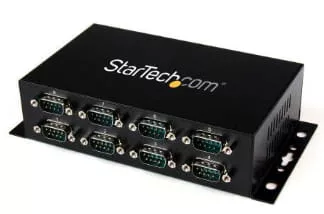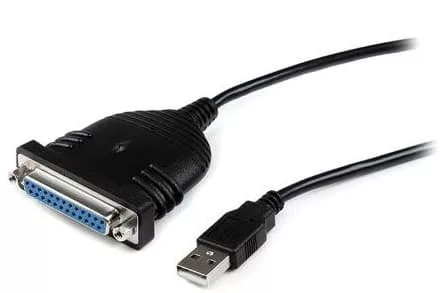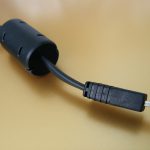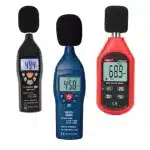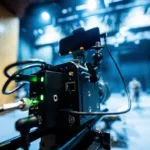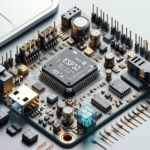
Introduction
Serial communication has been part of multiple industries and systems for decades. However, as connectivity needs evolve, serial converters and extenders are essential for adapting and expanding communication ranges. These compact yet powerful tools ensure reliable data transfer, eliminate compatibility gaps, and keep legacy equipment seamlessly connected to modern networks. This guide covers everything you need to know — from types and significance to selection criteria of these essential networking and connectivity devices.
What is Serial Communication? Challenges with Serial Links
Serial communication is a method of data transfer in which information is sent one bit at a time over a single channel or wire. This approach contrasts with parallel communication, which sends multiple bits simultaneously over several channels. It is widely used for long-distance data transmission and in many computer peripherals, such as mice, keyboards, and network devices, due to its simplicity and reduced need for wires.
Although efficient and widely used in RS232, RS485, USB, and other interfaces, serial links face several challenges. Signal degradation over long cables, electromagnetic interference, and data corruption can impact reliability. Speed limitations, ground-loop issues, and compatibility concerns between different standards can also create problems. Additionally, noise, improper termination, and mismatched baud rates often lead to communication errors. Keeping these challenges in view, careful design and the use of converters or extenders are essential for stable serial connections.
Understanding Serial Converters & Extenders: Definition & Core Purpose
A serial converter is a device that converts the electrical signalling and, sometimes, the connector type of one serial standard to another. Its core purpose is to enable communication between devices that use different serial protocols or voltage levels. It also functions to ensure interoperability in mixed hardware environments. Common conversions include RS-232 to RS-485, USB to RS-232/RS-485, RS-232 to TTL (Transistor-Transistor Logic), and Serial to Ethernet (Serial Device Servers).
Serial extenders are designed specifically to increase the maximum distance over which a serial signal can be reliably transmitted. The primary purpose of an extender is to overcome the inherent distance limitations of standard serial connections. They achieve this by converting signals into a format suitable for long-distance transmission, such as:
- Over Cat5e/Cat6 Ethernet cable
- Over fiber optics
- Over wireless networks.
Why Are Serial Converters and Extenders Important? A Brief Overview
Serial converters and extenders are important because they overcome the inherent limitations of standard serial communication, particularly concerning distance and compatibility. Converters bridge the gap between different serial standards or change the physical medium. This allows modern networking equipment to communicate with older devices. Extenders are also significant as they boost the signal strength over longer distances. They often use twisted-pair cabling or fiber optics, which is essential for connecting devices across large facilities. In essence, without these tools, integrating and scaling mission-critical industrial and data acquisition systems would be impractical, costly, or impossible.
Most Popular Types of Serial Converters and Extenders Explained
Serial converters and extenders come in several popular types, each designed to solve specific communication challenges. Their most standard types include:
Types of Serial Converters:
- Serial-to-Serial Converters (e.g., RS-232 to RS-422/485):
These converters are designed to enable communication between devices that use different RS standards. For example, converting an RS-232 signal to RS-485 allows a PC to communicate with an industrial device over a much longer cable run.
- USB-to-Serial Converters (e.g., USB to RS-232/485):
USB-to-serial converters can connect modern computers (which often lack native serial ports) to older serial devices. They use an internal chipset to convert the USB data protocol and electrical signals into the necessary serial format.
- Serial-to-Ethernet Converters (Serial Servers):
These servers allow serial devices to be monitored or controlled remotely over a standard IP network (LAN or Internet). They encapsulate serial data into TCP/IP or UDP packets, effectively turning a serial device into a network-attached device.
- Serial-to-Fiber Converters:
These converters are designed to convert serial electrical signals (RS-232/422/485) into light pulses for transmission over fiber optic cable. This is primarily used for extreme distance extension (up to 120km) and for providing complete immunity to EMI and RFI.
- Types of Serial Extenders:
Serial extenders also come in various variants, each with varying transmission media and distance. Some common types include RS-232 over CAT5, RS-485 over Fiber (fiber-optic serial extenders), Wireless Serial Extenders, and serial over Ethernet/LAN extenders.
Selecting the Right Converter/Extender – A Decision Guide
When selecting or recommending converters/extenders, the following are key specifications and factors to understand:
- Interface Requirements: Identify which interfaces you need, such as USB, RS-232, RS-485, RS-422, Ethernet, or Fiber.
- Distance: Select extenders based on the required communication range.
- Environment: Industrial areas require rugged, isolated devices. Consider the temperature range, vibration, and EMI/RFI interference.
- Speed & Baud Rate: Match converter specifications with system requirements to ensure smooth data flow.
- Power Requirements: Consider the power option that includes DC power, USB power, and PoE (for Ethernet solutions).
- Number of Ports: Choose between single and multiport options, such as 4, 8, 16, or 32.
- Manufacturer & Supply Chain Considerations: Ensure reliable sourcing and look for supported warranties.
Final Words
Serial converters and extenders are crucial tools for bridging the gap between legacy serial equipment and modern communication demands. These devices adapt, translate, and extend serial signals, so they can travel longer distances, interface with different equipment, or operate reliably in challenging environments. In essence, their wide range of types, ruggedness, and compatibility features make them the backbone of industrial networking and connectivity.






